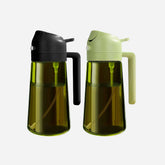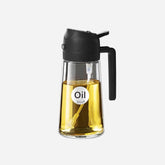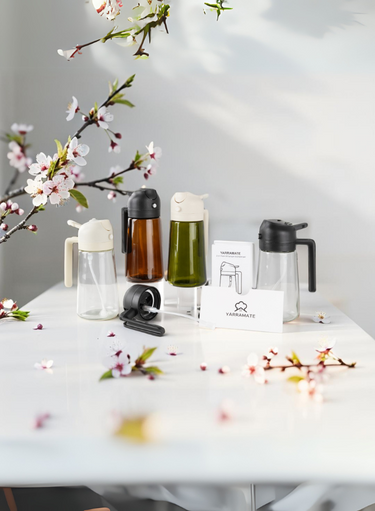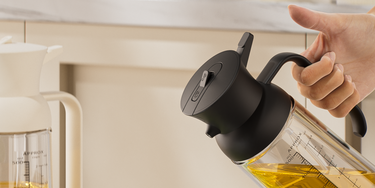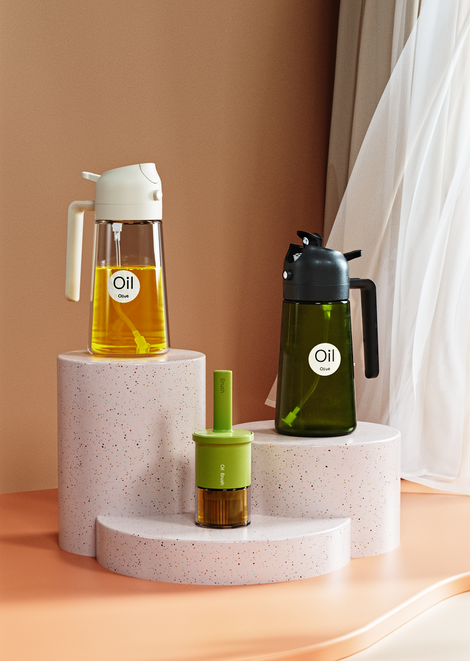The Science Behind Milk Frothing and Steaming
Milk foam isn't just about looks—it's chemistry and physics working together. Whether you're pulling a silky latte or whisking up a cappuccino at home with a hand milk frother, understanding the science behind frothing and steaming makes a huge difference in taste and texture.
Frothing vs. Steaming: What's the Real Difference?
Frothing adds air into the milk to create foam. This can be done with a whisk, a hand milk frother, or a modern rechargeable milk frother. Frothing is perfect for cappuccinos or when you want that light, cloud-like texture.
Steaming uses pressurized steam to heat and aerate milk at the same time. Steamed milk feels denser, creamier, and is essential for latte art.
How Temperature Shapes the Sweetness of Milk
Milk contains lactose, a natural sugar. As you heat milk, enzymes begin to break lactose down into glucose and galactose, which taste sweeter to our tongue.
- Below 60°C (140°F): Milk is still relatively neutral in sweetness.
- Between 60–70°C (140–160°F): This is the sweet spot. Milk tastes noticeably sweeter and feels velvety.
- Above 75°C (167°F): Proteins denature too much, and milk can taste flat or even “burnt.”
According to Specialty Coffee Association, baristas often aim for around 65°C (149°F) for the best balance of sweetness and texture.
Why Milk Creates Foam in the First Place
Foam forms because milk proteins—mostly casein and whey—wrap around air bubbles and stabilize them. When you whip or steam milk, you're essentially stretching these proteins into a thin film around tiny pockets of air.
- Casein micelles: Keep bubbles from popping too quickly.
- Whey proteins: Help stabilize foam by forming a flexible network.
Think of it as building a bubble house. Proteins are the scaffolding, and fat plus sugars fill in the gaps. No proteins? No foam. That's why non-dairy milks sometimes struggle unless they're “barista editions” with added stabilizers.
Fat Content and the Texture of Your Foam
Here's where your choice of milk matters:
- Whole milk (3.25% fat): Rich, creamy, microfoam—best for latte art.
- 2% milk: Balanced foam, not too rich, not too thin.
- Skim milk: Big, airy bubbles but less creaminess.
- Non-dairy options: Oat milk makes smooth foam, soy is more stiff, and almond can be hit-or-miss.
Raw vs. Pasteurized Milk: Does It Matter?
Raw milk contains natural enzymes and hasn't been heat-treated. It can create foam but may be inconsistent since its protein structure varies.
Pasteurized milk is heated to kill bacteria. This process slightly denatures proteins, ironically making it better for stable foams.
According to USDA Food Safety, pasteurized milk is the safer and more reliable choice for both health and consistency in your morning cappuccino.
Froth with Science and Heart
The beauty of milk frothing is that it combines science with craft. Yes, proteins, fats, and temperatures all play a role. But there's also that joy—the comfort of holding a warm cup topped with silky foam you made yourself.
Whether you're using a café-grade steam wand or a simple rechargeable milk frother in your kitchen, what matters most is practice, curiosity, and a love of coffee. The science just helps you get there faster.




